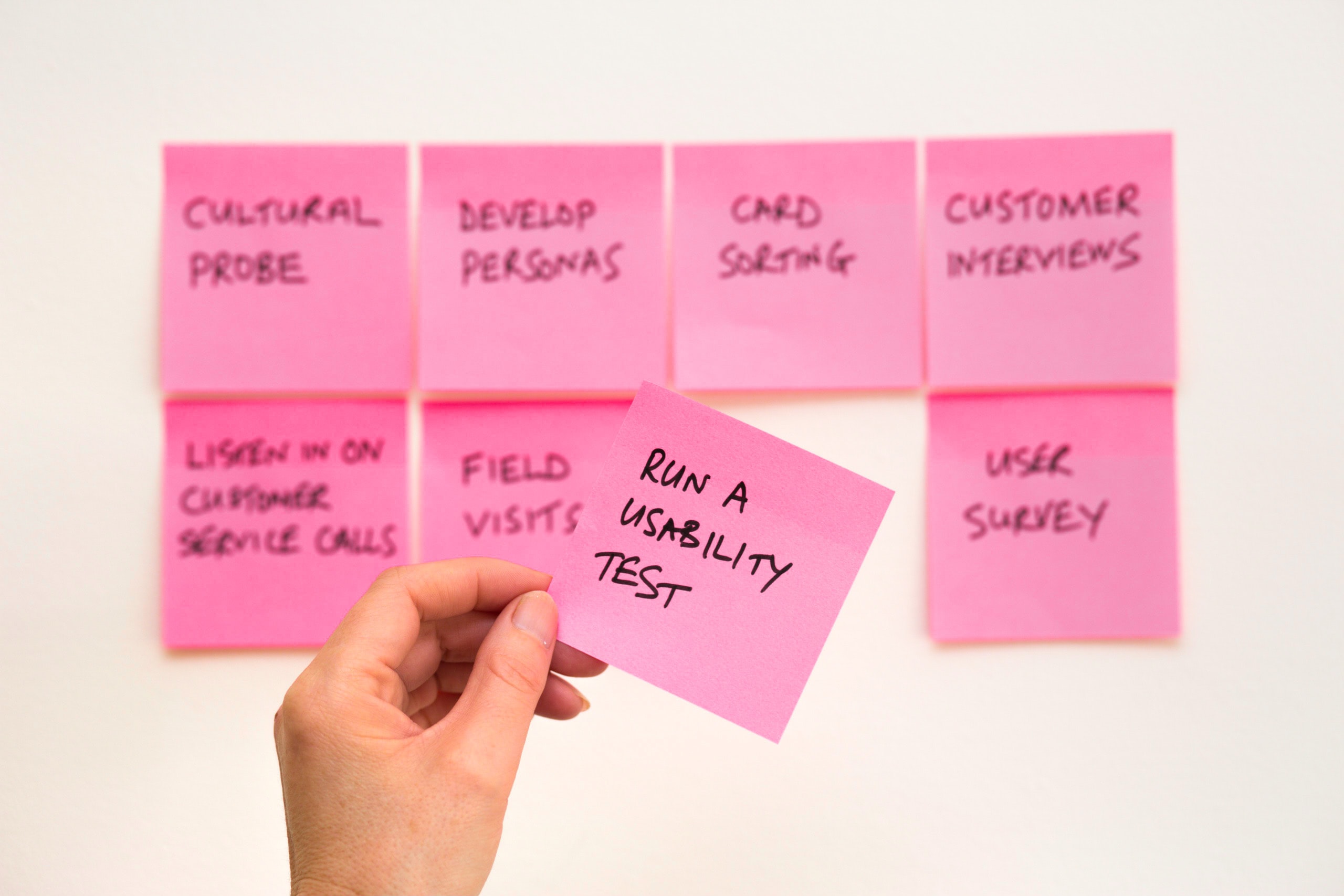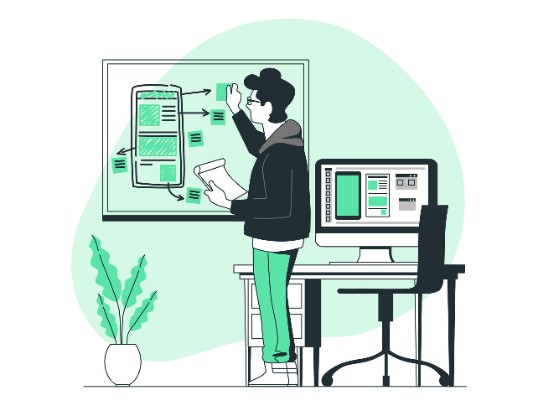How to Effectively Organize User Test Research Questions
To design the best possible user experiences, understanding your users is key. And this is made possible through user testing and research. This guide contains useful tips that’ll help designers prioritize their user test research questions.

As the core of user experience in multiple ways, user testing gets you the right data which can be utilized for making leaner, better designs. The most effective way to do user testing is by formulating the complete testing strategy in a manner that it fetches the most valuable, reliable outcomes.
 The questions put across on the user test research can largely impact the entire process. Paying a little extra attention to these questions can save a lot of time and effort later on. Here are a few quick tips to effectively organize user test research questions.
The questions put across on the user test research can largely impact the entire process. Paying a little extra attention to these questions can save a lot of time and effort later on. Here are a few quick tips to effectively organize user test research questions.
Asking the right questions
Planning is essential while formulating the questions. The greater you plan, the better the results. The idea behind planning is to ensure that the right questions are asked, which helps get the kind of answers you’re looking for.
Defining concepts
The first and foremost step is to clearly define what we’re setting out to achieve from these interviews. Begin by understanding what you are looking to unravel in terms of an array of possibilities. Define the concepts before asking the questions. These could be:
How do the users use the app?
Why do they use the app?
Based on concepts, questions can be formulated for the interview.
Break down the concepts
While the concepts mentioned above are good for your understanding, they cannot be used as questions, as there’s a good chance that you’ll end up getting the wrong information. Hence, break down the concepts into questions that will get you accurate results. For example, if we consider: Why do they use the app?
Break it down to:
“What functions do you perform on the app?”
OR
“What tasks do you complete using the app?”
You will get actual, usable answers as opposed to what the users believe they use the app for.
Don’t sway the answers
How you frame a particular question accordingly affects the answer. Some questions can influence the outcome of the answer, making the collected data completely unreliable. Do not influence the user’s mindset in any way.
“Is this a difficult-to-use feature?”
This makes the user consider the possibility of it already being difficult rather than relying on her own experience. Instead, we could ask:
“Did you use this feature recently? How would you rate your experience?”
You’ll get a reliable, prejudice-free answer.
Inquire about past experiences
If the need of the hour is specificity, don’t hesitate to get specific while posing questions. Past experiences are a storehouse of insights waiting to be unraveled. Frame questions that allow users to dig into their past experiences.
For example, instead of asking
“How do you find Account Details on this app?”
You could ask,
“Tell us about the last time you used the Account Details page on this app. What were your thoughts?”
This encourages users to share more.
Before you begin
With the planning bits covered, you are going to start the actual interview. The following tips will help you get the absolute best out of interviews.
Persona is important
Shed your designer skin for a bit and step into a researcher’s shoes. This will ensure that you remain impersonal and objective throughout, thereby putting users at ease.
Be wary of your body language
Body language is a greater indicator of your inner self than verbal communication. Make it clear from the get-go that you’re not looking to interrogate, but to learn as much as possible. Maintain eye contact, have a steady posture, and remain cool and calm while asking questions.
Remain objective
It makes sense to let the user know that there are no right or wrong answers given the situation. Users tend to withhold their honest answers believing that you may judge them. Make it clear that you will remain objective.
Make the user feel comfortable
It is essential that your users feel comfortable for them to provide the information you’re seeking. Start the session with some preliminary questions to make them relaxed. You can ask where they’re from, about their hobbies, or any spheres of interest that they’re into.
 During the interview
During the interview
By the time you get to this point, your confidence levels should be at an all-time high. Here a few more tips to conduct a seamless user test research interview.
Keep your cool
It’s best not to react to responses, but to note them as they are. In case you react in a particular way to criticism or negative feedback, the users may feel skeptical about not giving you their honest opinion, rendering the whole exercise pointless. Keep calm and do not react.
Be attentive
One of the most important skills in a conversation is to listen. In user interviews, it’s critical. If the user tends to feel that you’re doing all the talking, they may restrain from sharing information. Pay attention and respond accordingly. The feedback you receive will be GOLD!
Don’t exhibit bias
Interviewers are often designers who have extensively studied and worked on the product. Therefore, they hold certain features close to their heart, and that may become evident in the conversation. Chances are, you’ll upsell your product without you even realizing it. Avoid this at all costs.
Iterate & confirm
Everything gets better with repetition, interview conversations included. After every question, neatly summarize what the user said and read it out to them so that they’re on the same page. You can also do away with inconsistencies later on.
 Dig deeper
Dig deeper
Unlock more critical insights by asking spontaneous, unscripted questions in the usual flow of the interview. Allow for tweaking of some questions based on the answers provided and dive deep into the ones that require more details.
Pay attention to cues
If you observe users getting hesitant about revealing something, explore it subtly. They probably are not feeling comfortable enough to ask or provide information. Let them know that you are open to a casual discussion if it’s necessary; this will give you some incredible insights.
Concluding thought
Similar to other processes, user interviews also undergo refinements over some time. The only way one can get better at user test research is by doing it over and over. Any tips that we may have missed to include? Let us know in the comments.
CATEGORIES







